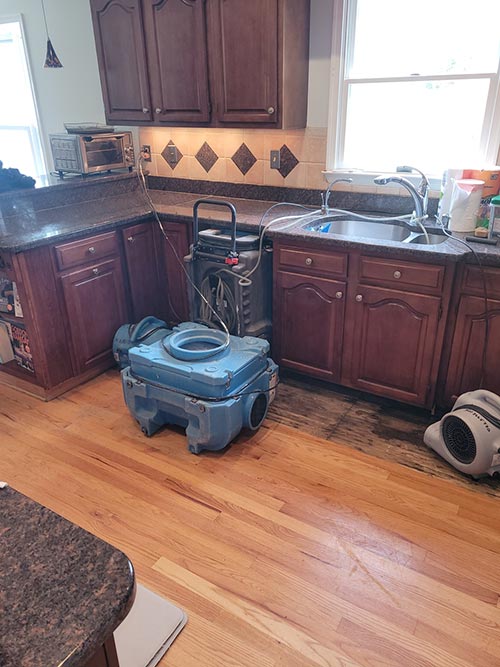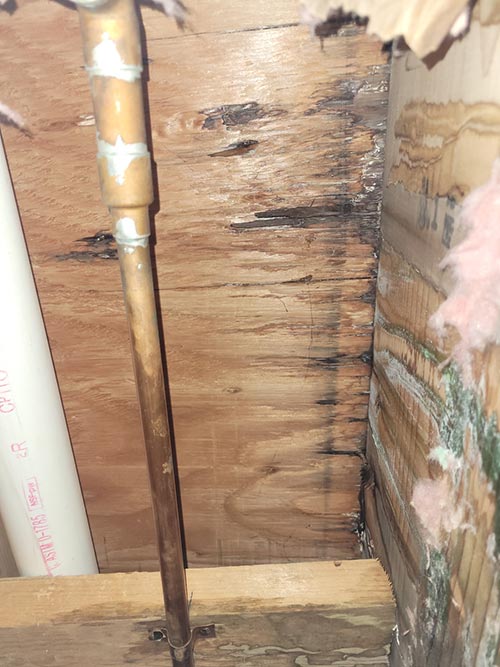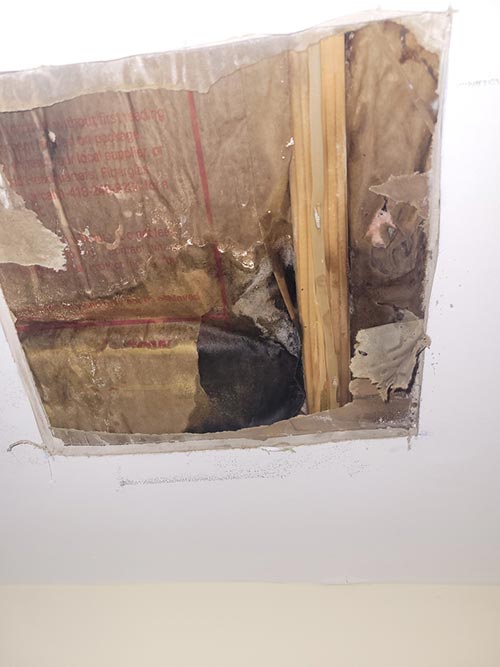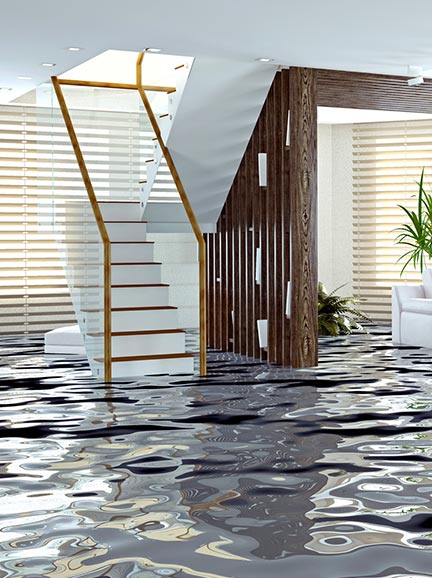Water damage in your home or business is more than an inconvenience. It can lead to significant stress, financial hardship, and serious property damage. Knowing the right steps to take during and after a water event can significantly improve the speed and success of the recovery process. Two essential phases in water damage recovery are water mitigation and water restoration. While both are part of a comprehensive response to water damage, they serve distinct purposes and occur at different stages.
Understanding Water Mitigation
Water mitigation is the first response to a water damage event. The goal is to prevent further damage by acting quickly and decisively. Key mitigation steps include:
-
Identifying and stopping the source of the water
-
Extracting standing water using pumps and vacuums
-
Beginning the drying process with industrial fans and dehumidifiers
-
Removing or relocating furniture and personal belongings
-
Protecting the structural integrity of the building
Mitigation is not about repairing or replacing; it’s about minimizing ongoing damage and creating a safe, dry environment for the next phase.
Water Restoration: The Next Steps
Once the affected area is dry and stable, water restoration begins. This phase involves repairing and rebuilding the property to restore it to its pre-damage condition. Depending on the extent of the damage, restoration may include:
-
Replacing drywall, insulation, or flooring
-
Repainting walls and ceilings
-
Deep cleaning or replacing carpets and furniture
-
Addressing mold or mildew issues
-
Repairing structural components
Restoration focuses on making your space livable, functional, and aesthetically pleasing again.
The Difference Between Mitigation and Restoration
The core differences between water mitigation and water restoration lie in their purpose and timing:
-
Mitigation is immediate and preventative. It stops further damage from occurring.
-
Restoration is corrective and starts once the property is safe and dry.
Both processes are essential. Mitigation reduces the scope and cost of repairs, while restoration ensures full recovery of your property.
Common Misconceptions
Several myths surround water damage recovery, including:
-
Myth 1: You can delay mitigation or restoration.
Waiting can lead to mold, rot, and structural damage, all of which make the problem worse and more expensive.
-
Myth 2: Professional services are too costly.
In reality, timely mitigation and restoration services often save money by preventing the need for extensive repairs later.
Flood Solutions Inc of Parkville, MD Is Here to Help
If you’re dealing with water damage in Parkville, MD, or nearby areas, Flood Solutions Inc is ready to assist. From immediate water mitigation to full water restoration, our trained professionals are equipped with the latest tools and techniques to protect and restore your property. Don’t delay — fast action is the key to minimizing damage.
Reach out today by calling (301) 970-9138 or filling out our online form. Let Flood Solutions Inc help return your home or business to its pre-damage condition quickly, safely, and affordably.








Leave a Reply